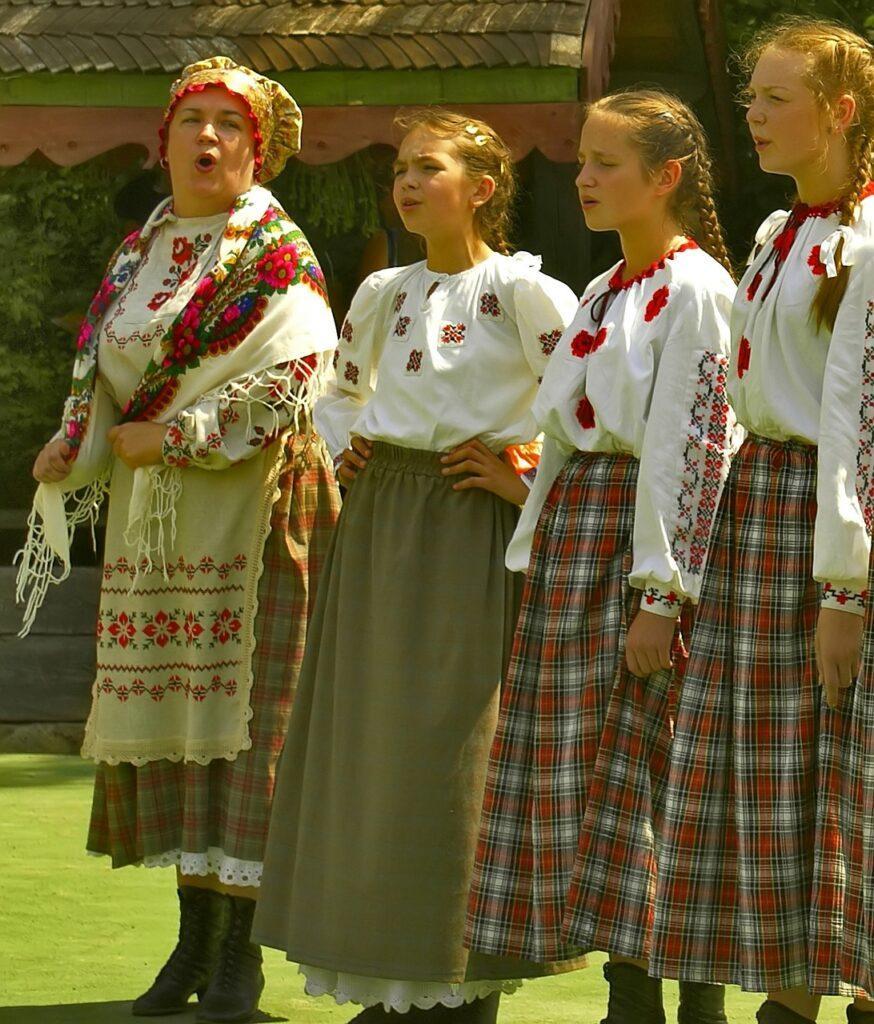Do your eyes cross when you try to figure out Roman Numeral analysis? Roman numerals are broadly used to analyze chords in songs. However, you’ll use some Roman numerals to specifically describe harmonies in minor keys. Read more to find out the answer to, “What's the deal with these i-VII-VI-V and iv-V-VII chords and stuff?” Estimated reading time 3 minutes.
Read More

